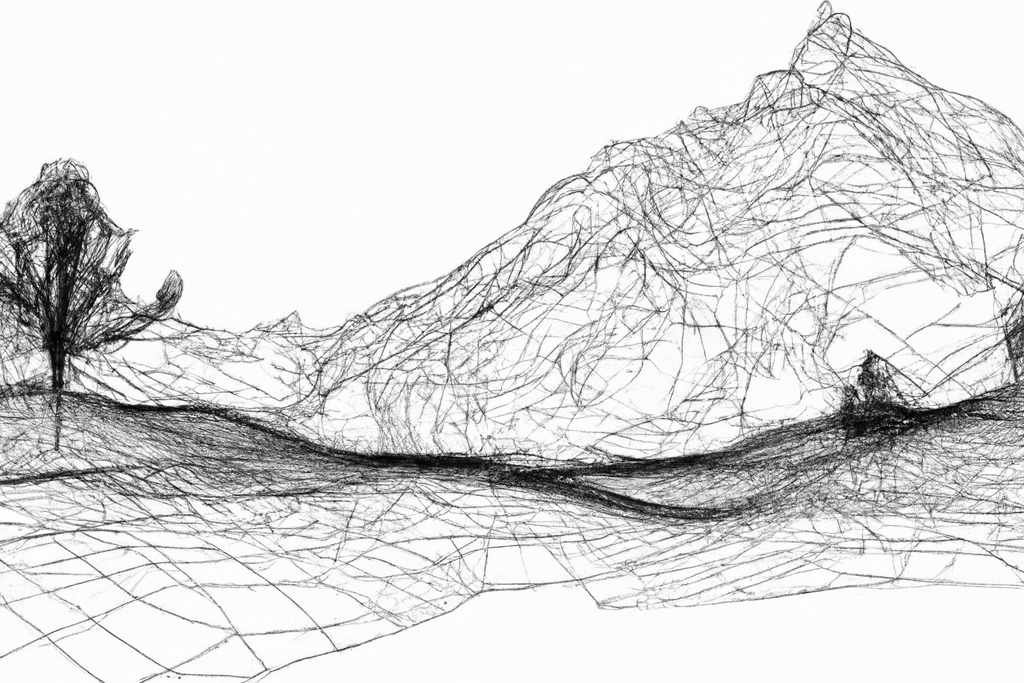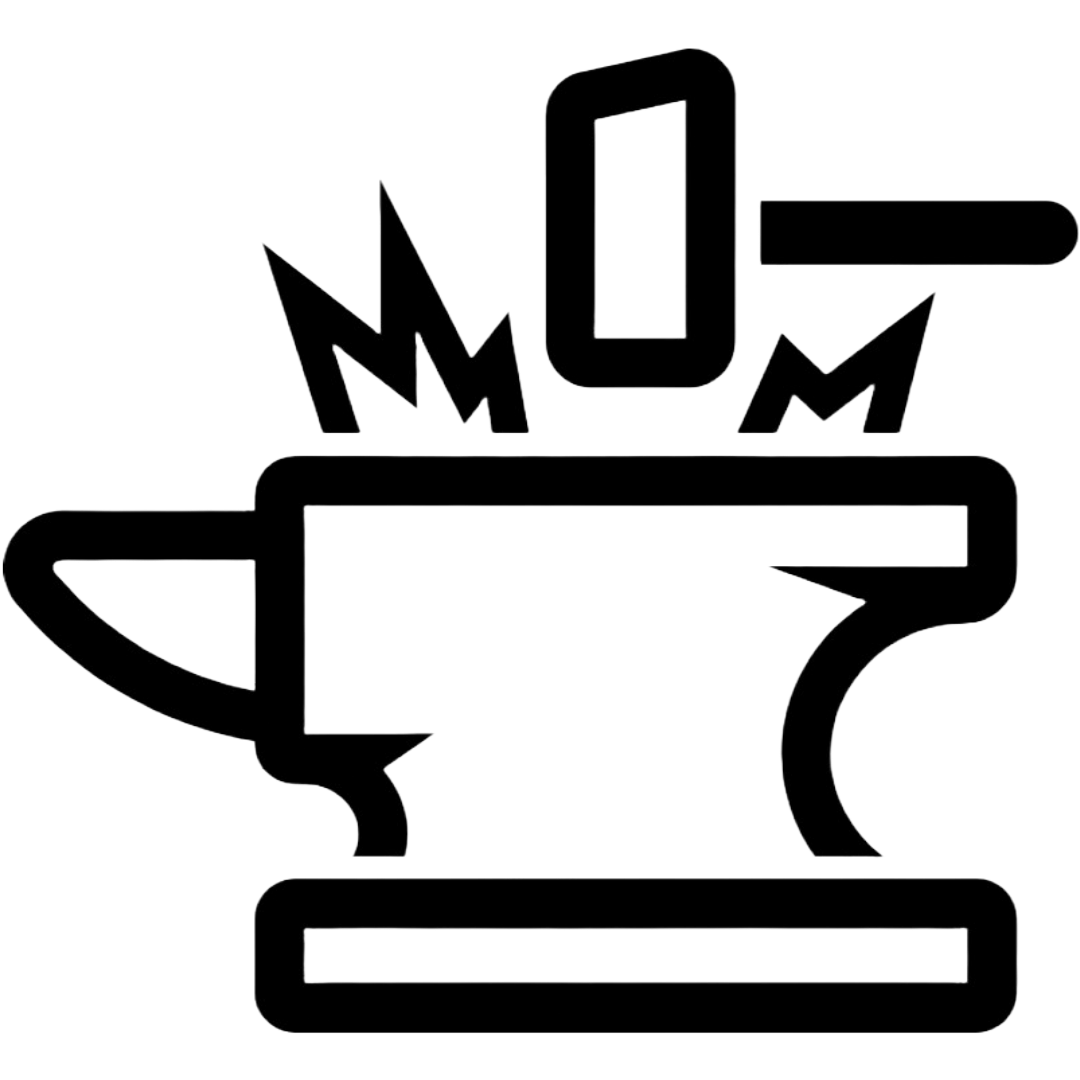The Interplay of Four Layers of Attribution in the Digital Age

In today’s interconnected world, understanding the attribution of individuals has become a complex interplay between four distinct layers: Physical, Cultural, Electromagnetic, and Digital. These layers shape how we perceive and attribute qualities to people and are deeply interdependent, influencing each other profoundly. Together, attributes found in each layer form the foundation upon which attributions are built, aiding in either proving or refuting someone’s identity and characteristics.
Four Layers of Attribution
Physical Layer: At the core of attribution lies the physical layer, encompassing tangible characteristics such as appearance, gestures, and actions. This layer forms the basis for initial attributions and impressions. Physical cues provide essential context for understanding an individual’s intentions and behaviors. These cues, observable through in-person interactions, lay the groundwork for attributions that extend to the higher layers. The physical layer is often associated with cameras and what is visible to the human or technical eye. The physical layer can get muddy or blurred with the digital layer, and it is difficult to draw a line where one ends and the other begins. The physical layer is as simple as the age-old statement, “Ya’ll ain’t from around here, are ya?” Simply looking a certain way (attribute) can say where you are from (attribution).
Cultural Layer: Above the physical layer exists, where an individual’s identity is shaped by their cultural background, beliefs, and social context. Cultural attributes influence communication styles, values, and norms, subsequently affecting how individuals are attributed by and to others. These attributions can be both accurate and biased, reflecting the intricate interplay between one’s cultural identity and how different groups perceive it. This layer is the conscious or unconscious actions we take that are normal or abnormal for a region. One great example is how someone shows numbers with their hands. Americans tend to start with a pointer finger, and Europeans start with their thumbs. Something as simple as showing how many of something with your hand (Attribute) can show a lot about a person (Attribution).
Electromagnetic Layer: The electromagnetic layer introduces a new dimension to attribution, encompassing the signals and information emitted by individuals, including Radio frequencies (RF) such as Bluetooth, Wi-Fi, or NFC. This layer delves into the subtle nuances that might not be immediately apparent in face-to-face interactions. The electromagnetic layer is intangible without special equipment. The signals we emit and have on us in the digital age continue to grow as humans integrate more and more tech into their lives. We have reached a point where not having technology is anomalous. Reports suggest that 97% of adults have a cell phone today.
Digital Layer: The digital layer is a relatively recent addition to the attribution landscape, driven by the advent of technology and the internet. It comprises online personas, digital footprints, and interactions across social media platforms. This layer amplifies the complexity of attributions by introducing the opportunity for anonymity, curated identities, and digital deception. It also allows for a global reach, where attributions are influenced by virtual interactions transcending geographical boundaries.
Layered Attribution
These layers are not isolated but are deeply interconnected, influencing and depending on each other in various ways:
- Interdependence: Data collected in one layer can support or challenge attributions made in another. For instance, a person’s online posts (Digital Layer) may align with their cultural background (Cultural Layer), reinforcing their authenticity. Alternatively, RF signals indicating a person’s presence at a specific location may contradict their claimed physical location (Physical Layer), leading to discrepancies in their attribution.
- Mutual Reinforcement: The layers reinforce each other’s authenticity. A person’s digital interactions may mirror their cultural beliefs, and these cultural attributes can align with their physical appearance, creating a cohesive attribution narrative. Conversely, a person’s biases and beliefs can lead them to make assumptions and false conclusions.
- Verification and Refutation: Data collected across layers can be used to verify or refute attributions. A person’s digital activities may confirm their claimed physical location, or conversely, RF signals may indicate their presence at a location that contradicts their digital claims.
The four attribution layers are intricately interdependent, with each layer influencing and relying on the others:
Physical and Cultural Layers: Cultural attributions often stem from physical cues, such as clothing choices or body language. These cues are interpreted through the lens of cultural norms, contributing to how individuals are perceived. Similarly, an individual’s cultural background can influence physical expressions and demeanor.
Cultural and Electromagnetic Layers: The way individuals communicate, both verbally and nonverbally, is influenced by cultural norms. Vocal tones, gestures, and facial expressions carry cultural connotations that affect attributions. Additionally, digital interactions within the cultural layer also impact how individuals communicate in the electromagnetic layer.
Electromagnetic and Digital Layers: The digital layer relies on the electromagnetic layer to transmit digital information. Online interactions are shaped by the subtleties of the electromagnetic layer, such as tone of voice in text-based communications or emoticons conveying emotions. Digital attributions, in turn, impact how individuals interact in the electromagnetic and physical layers.
Physical and Digital Layers: The physical and digital layers interact when one can prove the other wrong and vice versa. Research or a local observer can disprove false or incorrect information in the digital layer about an area. The digital layer can reveal physical layer anomalies when data inconsistencies occur, such as missing or misleading from the observed activity. The physical and digital layers are the two most often at odds.
This intricate interplay highlights the complexity of attributions and the need to consider multiple layers when forming judgments about individuals. The digital layer, while separate, is interconnected with the other layers, further enriching attributions. To fully understand and evaluate someone’s attribution, we must consider these four layers holistically, recognizing how they shape and refine our perceptions of others in an ever-evolving world.
